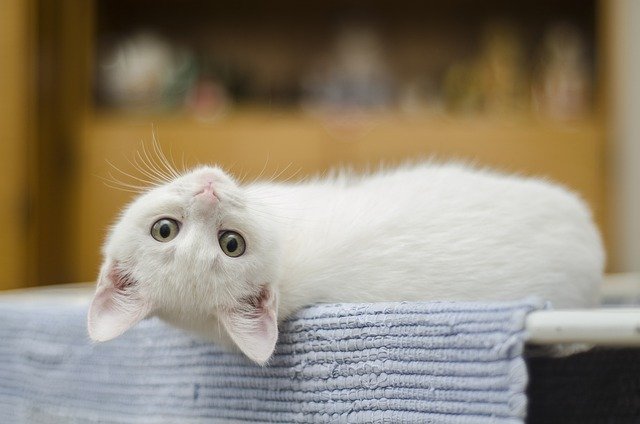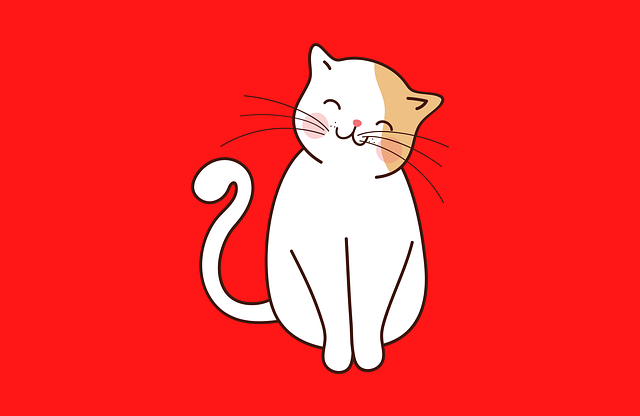When it comes to managing your cat’s healthcare expenses, pet owners face a big decision—should you self-insure by setting aside money for vet bills, or should you buy cat insurance for financial protection? Each approach has its pros and cons, and choosing the right one depends on your budget, risk tolerance, and how much you’re willing to spend if an emergency arises.
In this article, we’ll break down the differences between self-insuring vs. buying cat insurance, compare the costs, and help you decide which option makes the most financial sense.
What Does Self-Insuring a Cat Mean?
Self-insuring means saving money on your own instead of paying an insurance company. Instead of paying monthly premiums for a policy, you set aside a fixed amount each month into a dedicated pet emergency fund.
How Self-Insurance Works:
- You create a separate savings account for your cat’s medical expenses.
- Each month, you deposit a fixed amount (e.g., $30–$50 per month).
- When your cat needs medical care, you pay for it out-of-pocket using the savings.
The idea is that by saving consistently, you build a financial cushion to handle vet bills without relying on an insurance provider.
Pros of Self-Insuring Your Cat:
✅ Full control over your money – No monthly premiums to an insurance company.
✅ No exclusions – Pre-existing conditions or breed-specific issues won’t limit coverage.
✅ No claim denials or waiting periods – You can access funds anytime without restrictions.
✅ No increasing premiums – Insurance costs rise with your cat’s age, but self-insurance stays stable.
Cons of Self-Insuring Your Cat:
❌ High upfront risk – If your cat has an emergency before you’ve saved enough, you’ll have to pay out-of-pocket.
❌ Savings may not be enough – Major surgeries or treatments can exceed $5,000—far more than most owners have saved.
❌ No discounts or negotiated rates – Some insurance plans negotiate lower vet costs, which self-insuring doesn’t provide.
What is Cat Insurance?
Cat insurance is a policy you purchase from a provider that covers a portion of medical expenses for your cat. Depending on the policy, it can cover:
- Accidents & injuries (e.g., fractures, poisoning)
- Chronic conditions (e.g., diabetes, kidney disease)
- Emergency surgeries
- Medication & hospital stays
- Routine check-ups & dental care (with wellness add-ons)
With cat insurance, you pay a monthly premium and the insurer reimburses a percentage of your vet bills (usually 70–90%).
Pros of Buying Cat Insurance:
✅ Financial protection for emergencies – Covers costly treatments like surgery or chemotherapy.
✅ Predictable expenses – You pay a fixed monthly fee instead of worrying about sudden large bills.
✅ Long-term savings for expensive conditions – Helps with chronic illnesses that require ongoing care.
✅ Access to better veterinary care – Insurance lets you afford treatments that might otherwise be too expensive.
Cons of Buying Cat Insurance:
❌ Monthly premiums add up – You may pay for years without needing major vet care.
❌ Not everything is covered – Pre-existing conditions and some routine procedures may not be included.
❌ Deductibles and co-pays – Even with coverage, you’ll still pay a portion of vet bills.
Cost Comparison: Self-Insuring vs. Cat Insurance
To see which option saves more money, let’s compare costs over a 10-year period.
| Expense Type | Self-Insuring | Cat Insurance |
|---|---|---|
| Monthly Cost | $50 (savings) | $35–$50 (premium) |
| Annual Vet Check-ups | $100–$250 | Covered (with wellness plan) |
| Emergency Surgery (1 in 10 years) | $3,000 | $300–$600 (after 80% reimbursement) |
| Chronic Condition (e.g., Diabetes Treatment) | $800/year | $80–$160/year (after reimbursement) |
| Total 10-Year Cost | $10,000+ | $6,000–$8,000 |
Key Takeaways:
- If your cat stays healthy, self-insuring might save money.
- If your cat has an accident or illness, insurance provides better financial protection.
- Insurance spreads out costs over time instead of one big bill at once.
Which Option is Right for You?
Choose Self-Insurance If:
✔️ You have enough savings to cover unexpected vet expenses.
✔️ Your cat is young, healthy, and not prone to chronic conditions.
✔️ You prefer full control over your money and don’t want to pay premiums.
Choose Cat Insurance If:
✔️ You can’t afford a sudden vet bill of $3,000–$5,000.
✔️ Your cat’s breed is prone to health issues (e.g., Persian cats and kidney disease).
✔️ You want peace of mind knowing you’re covered for major expenses.
Best Cat Insurance Providers for Different Budgets
If you’re considering cat insurance, here are some reputable providers based on affordability and coverage:
1. Healthy Paws Pet Insurance
📌 Best for: Unlimited lifetime coverage
📌 Monthly Premiums: $25–$50
📌 Reimbursement Rate: 70–90%
📌 Website: www.healthypaws.com
📌 Contact Email: support@healthypaws.com
📌 Address: 123 PetCare Lane, Seattle, WA
2. ASPCA Pet Health Insurance
📌 Best for: Wellness and routine care coverage
📌 Monthly Premiums: $15–$45
📌 Reimbursement Rate: 70–90%
📌 Website: www.aspcapetinsurance.com
📌 Contact Email: info@aspcainsurance.com
📌 Address: 567 Vet Street, New York, NY
3. Embrace Pet Insurance
📌 Best for: Customizable deductibles
📌 Monthly Premiums: $20–$55
📌 Reimbursement Rate: 80–90%
📌 Website: www.embracepetinsurance.com
📌 Contact Email: help@embracepetinsurance.com
📌 Address: 789 Paw Drive, Chicago, IL
Final Thoughts
Both self-insuring and buying cat insurance have their advantages. If you’re financially disciplined and have savings, self-insuring could work. But if you want peace of mind and protection from expensive vet bills, cat insurance is the safer option.
For most pet owners, a good insurance policy saves more money in the long run, especially if unexpected medical issues arise. Don’t wait until it’s too late—plan ahead and choose the option that best fits your needs!
FAQs
1. Is self-insuring better than pet insurance?
It depends. If your cat stays healthy, self-insuring can save money. But if an emergency happens, insurance provides better financial protection.
2. How much should I save if I self-insure my cat?
Experts recommend setting aside at least $50 per month or $600 per year in an emergency fund.
3. What happens if I stop paying for pet insurance?
Your policy will be canceled, and if your cat develops a condition before you get a new policy, it will be considered pre-existing and won’t be covered.
4. Does pet insurance cover routine check-ups?
Some plans include wellness coverage, but basic plans usually focus on accidents and illnesses.
5. Can I get pet insurance if my cat is already sick?
Yes, but most insurers won’t cover pre-existing conditions. You’ll still get coverage for new illnesses and injuries.







